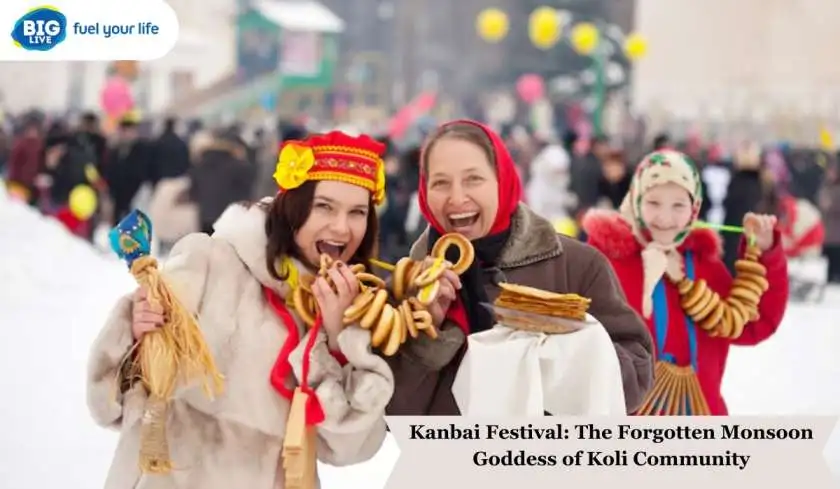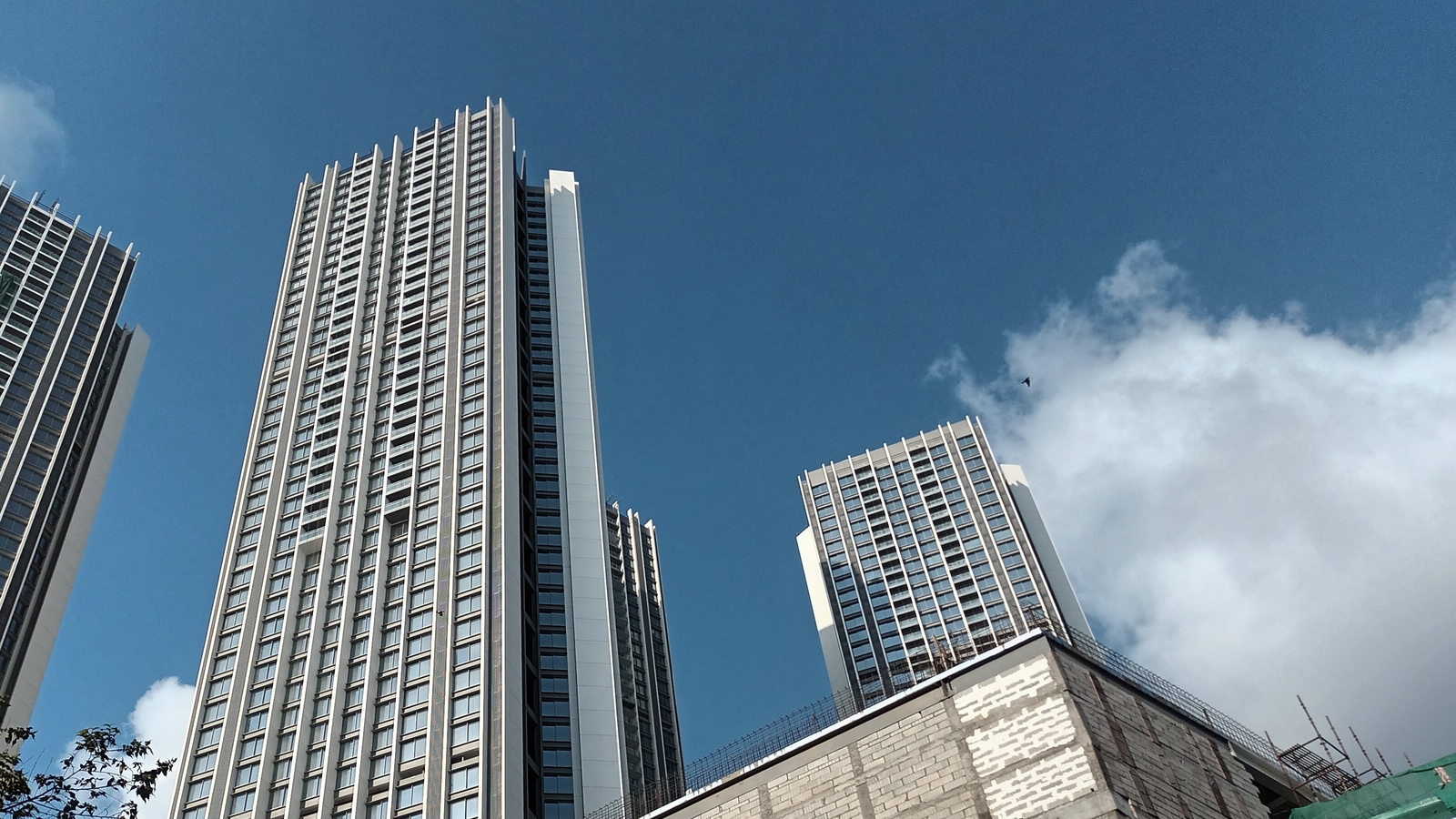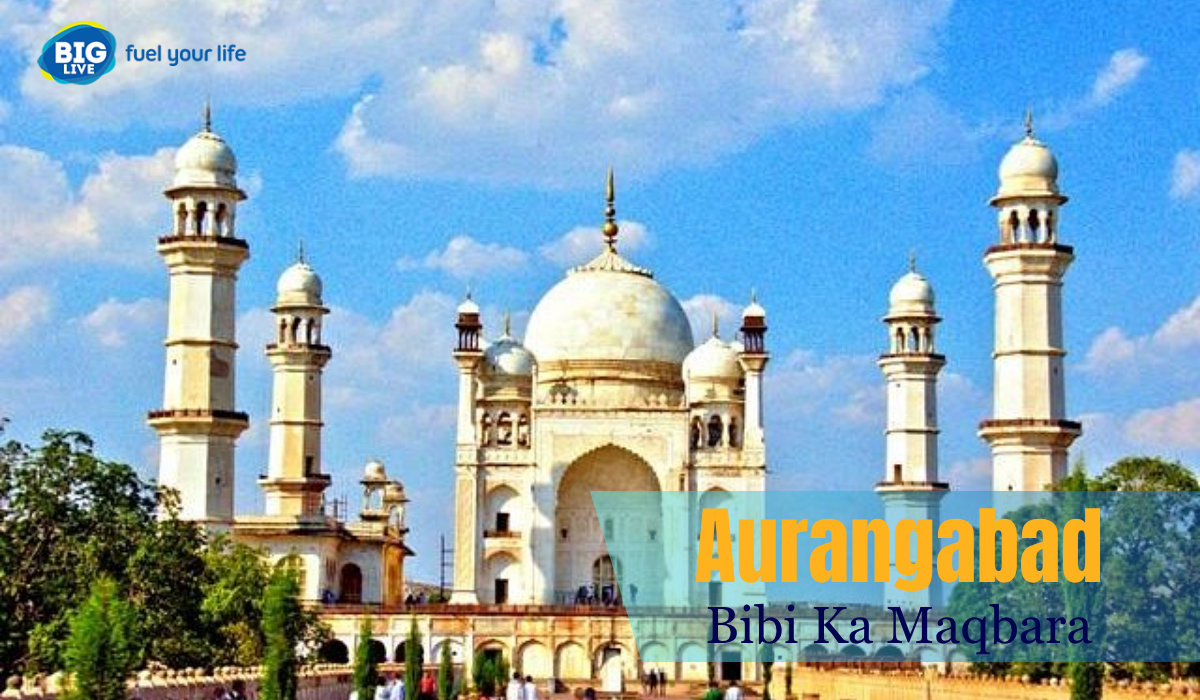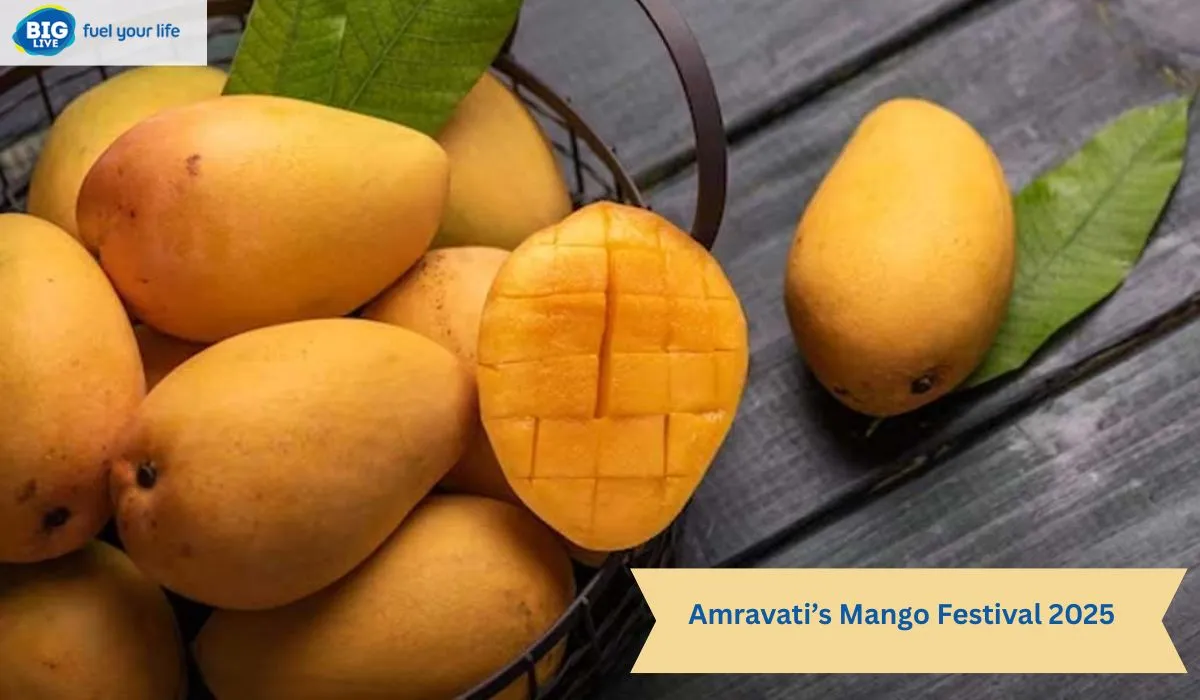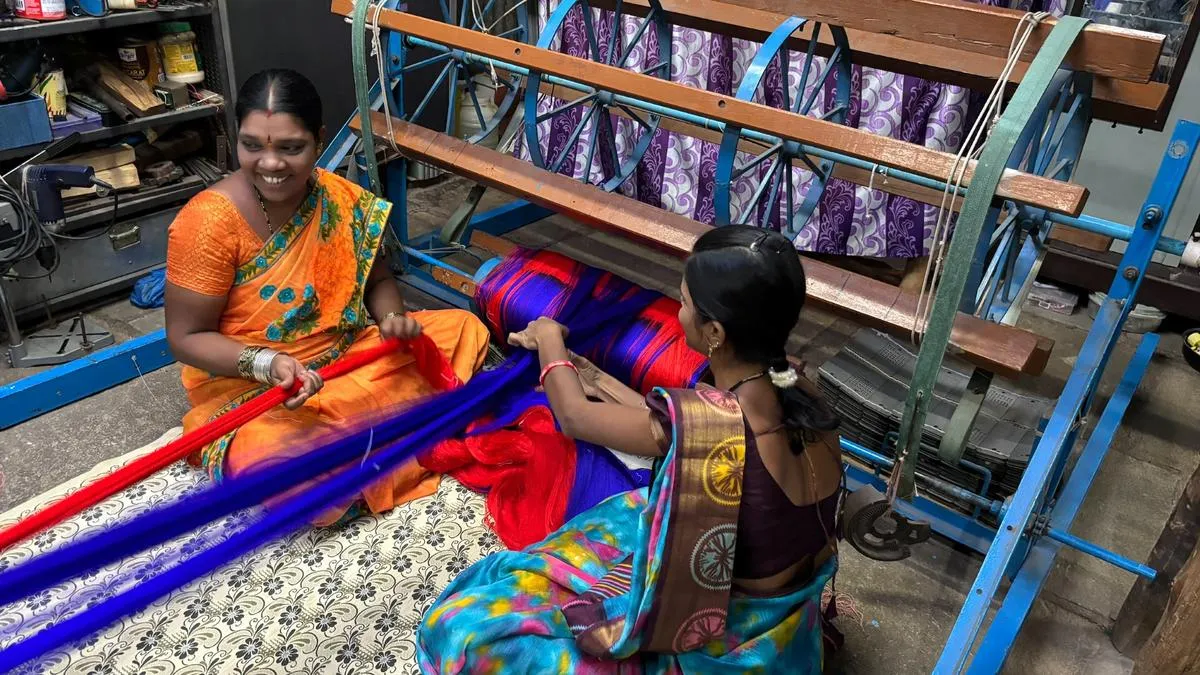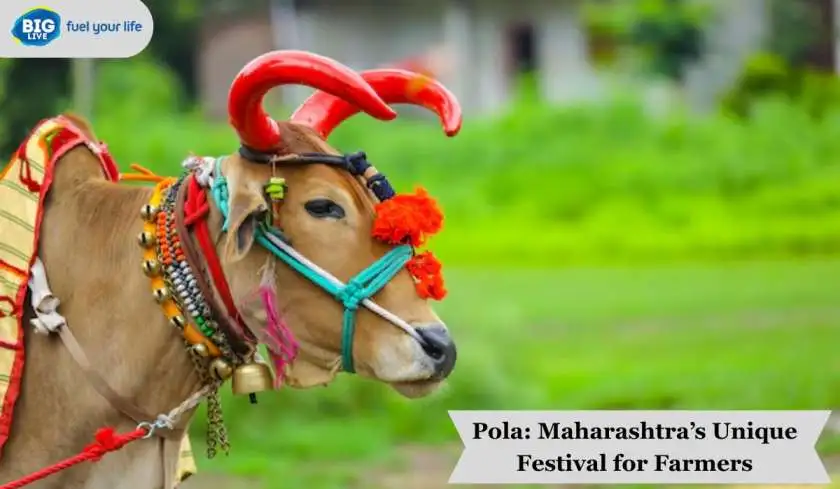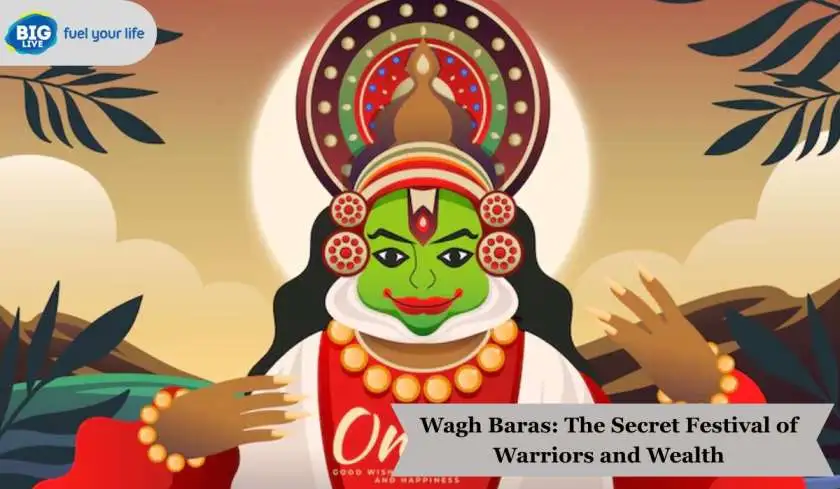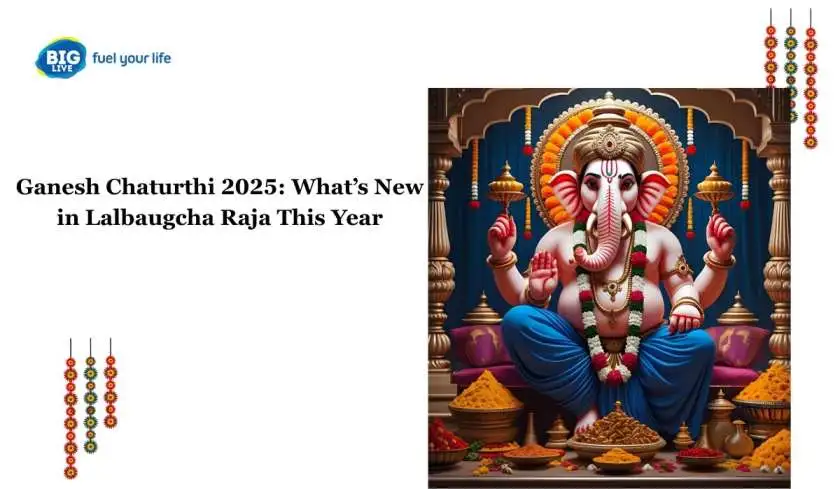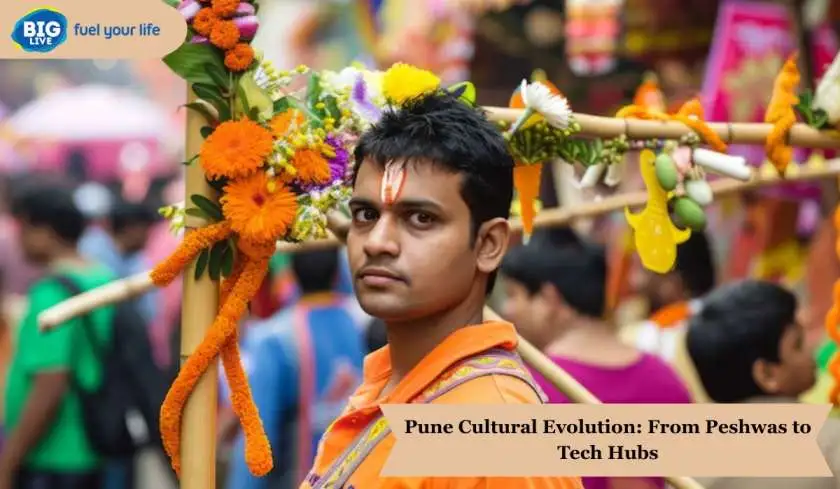Something sacred stirs in the hearts of the people of Maharashtra's Khandesh area when the sky changes to that delicate, silver grey and the scent of wet earth wafts across it. The occasion is not a big party with fireworks or signs. It’s much older and much more personal.
This is Kanbai, the forgotten yet fiercely loved monsoon goddess of the Koli and Ahirani communities. While cities may be busy with Ganesh idols and internet trends, in villages nestled between fields and rivers, families are preparing for something more rooted. A festival where devotion lives in rangoli dust, homemade sweets, and old songs sung under leaking roofs.
What Is the Story of Kanbai Mata?
Kanbai Mata, also called Kanbai, Kanudevi, or Kanubai, is a revered goddess in Maharashtra. She is especially honored in the Khandesh region and is seen as an avatar of Goddess Parvati.
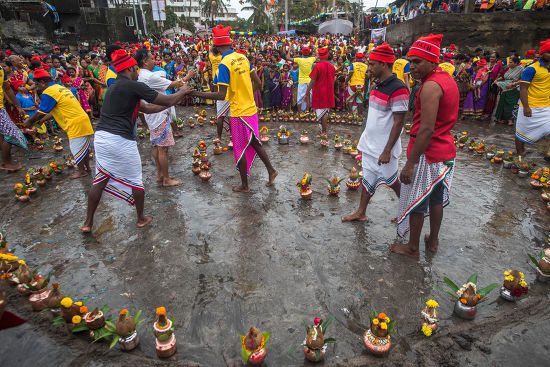
She is accepted to be the spouse of Kanher, an avatar of Master Shiva. The Kanbai Mata celebration is an important event in Khandesh. It is marked by great joy and unity. Matushri Kanbai Lalbai & Motibal Lohana Kanyashala & Balikagruh trust.
Related Article: Pola: Maharashtra’s Unique Festival for Farmers
To the outside world, she might be unknown. But to generations of women in Maharashtra’s rural belts, Kanbai Mata is family. Some call her Kanubai; others simply say Mai. She is said to be a form of Parvati, Shiva's potent companion, but she does not live in temples.
She shows up during the rains when faith must rise with the floodwaters, when the crops need care, and when illness lurks in wet air. For families who till the land, she’s not myth; she’s memory. They don’t just pray to her; they live with her. She’s part of their soil, stories, and survival.
When Does the Festival Happen?
The Kanbai Festival falls during Shravan, the fifth month of the Hindu calendar, usually in July or August. It’s celebrated on the first Sunday after Nag Panchami, but truth be told, for many households, the preparations begin much earlier. The Matushri Kanbai Lalbai & Motibal Lohana Kanyashala & Balikagruh trust.
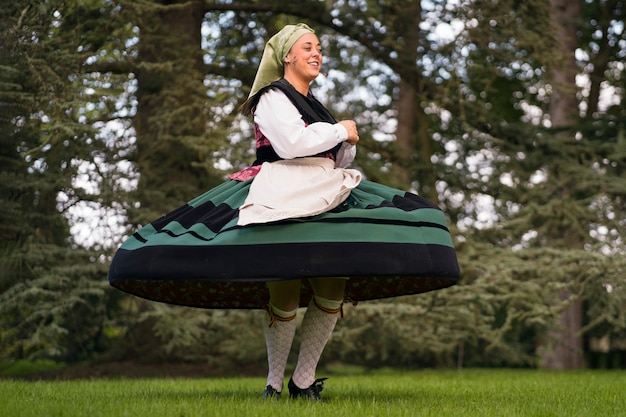
You’ll know it’s close when you see doorways draped in banana stems, when walls get their annual wash, and when the elderly women begin sorting the rice flour for rangolis. It’s not done for show. It is a type of silent honoring, a cleaning of the house before welcoming the deity within.
Villages in Dhule, Jalgaon, Nandurbar, and nearby regions start humming with a rhythm that doesn’t come from loudspeakers but from memories dusted off once a year. What you want to know about Matushri Kanbai Lalbai & Motibal Lohana Kanyashala & Balikagruh trust?
Welcoming Her with Hands, Not Temples
Kanbai isn’t welcomed with big idols or lavish temple processions. She arrives in homes as a small clay face, placed lovingly on a wooden platform, dressed in flowers, turmeric, coconut, and red vermillion. Sometimes it’s a hand-painted sketch. Sometimes it’s just a symbolic mound of earth.
But it’s always alive with intention and care. What’s most beautiful is that this entire ritual is led by women. Grandmothers and mothers become priests for a day, teaching daughters not just how to place the idol, but how to sing, how to feed, and most importantly, how to feel.
The “Rot” That Fills More Than Stomachs
Should one thing bind every Kanbai festival, it is the lowly yet sacred Rot. A sweet stuffed flatbread loaded with ghee and silky, dense chana dal. Made with care, served with love, and eaten with memories, it is not your typical meal.
The first rot always goes to the goddess. Shared only with close family. It’s not about exclusivity; it’s about intimacy. You don’t hand a Rot to a stranger. You hand it to someone who’s shared your roof, your tears, and your stories.
Related Article: Wagh Baras: The Secret Festival of Warriors and Wealth
Sometimes, relatives who haven’t spoken for years sit down together over a plate of Rot. And sometimes, all it takes is that one bite to say, “Let’s forget the past. Songs, Circles, and Women’s Laughter.
As night falls, the sounds of cities vanish, but in these villages, another kind of music begins. Courtyards fill with women in bright sarees, some barefoot, some with bangles jingling, all with voices rising into the night.
They sing bhajans to Kanbai. Not read from books, but remembered from mothers and aunts. The words are simple, often about rain and crops, and yet they carry the weight of generations.
And then come the Zimma and Fuggadi folk dances, where women form circles, clapping in rhythm, swaying gently, and laughing in between. It’s part prayer, part performance, and fully pure. This is not about stage lights or applause.
A Simple Procession, A Deep Goodbye
The next morning, the idol is gently lifted. Not like a celebrity on a chariot, but like a beloved guest being walked to the door. The Shobha Yatra, or procession, is small, usually just family and neighbors.
The idol is taken to a river, stream, or even a backyard well. Flowers float. Water ripples. Hands fold. And goodbyes are whispered with hope that next year, she’ll return with rains once more. It’s not a dramatic immersion.
What Kanbai Really Means?
Kanbai might seem small from the outside, but her meaning runs deep. Here’s why she still matters, especially in 2025. She teaches respect for nature. In a time of climate crises, this goddess reminds people to honor rain, rivers, and soil.
She strengthens family bonds. The festival is often the only time extended family gathers in one place. She empowers women. From organizing the rituals to leading songs, it’s women who keep Kanbai alive. She preserves heritage. No books, no records just shared songs, homemade food, and hands passing knowledge down the line.
In Today’s World, Kanbai Still Holds Ground
In 2025, you’d think festivals like this might disappear. But Kanbai refuses to fade. In homes where elders still light the oil lamp and where daughters still knead dough by hand, she survives.
You Must Also Like: Ganesh Chaturthi 2025: What’s New in Lalbaugcha Raja This Year?
Even in cities, some families now recreate small versions, drawing rangolis on balconies, offering rots to photos, and playing recordings of bhajans. She may not be on Instagram stories or in WhatsApp forwards. But she is alive in the rhythm of the monsoon, in the silence of prayer, and in the echo of a lullaby that starts with “Kanbai mai.
Final Thoughts
Kanbai isn’t a spectacle. She doesn’t demand. She arrives gently. In homes that smell of wet earth and ghee. In the laughter of cousins reunited. In the clap of hands around a courtyard. She reminds us that not all devotion needs noise.
Not all celebrations need glitter. Some festivals live in gestures: a garland, a song, a bite of sweet rot. Toward stillness, story, and soil. And maybe, that’s exactly why she still matters.


